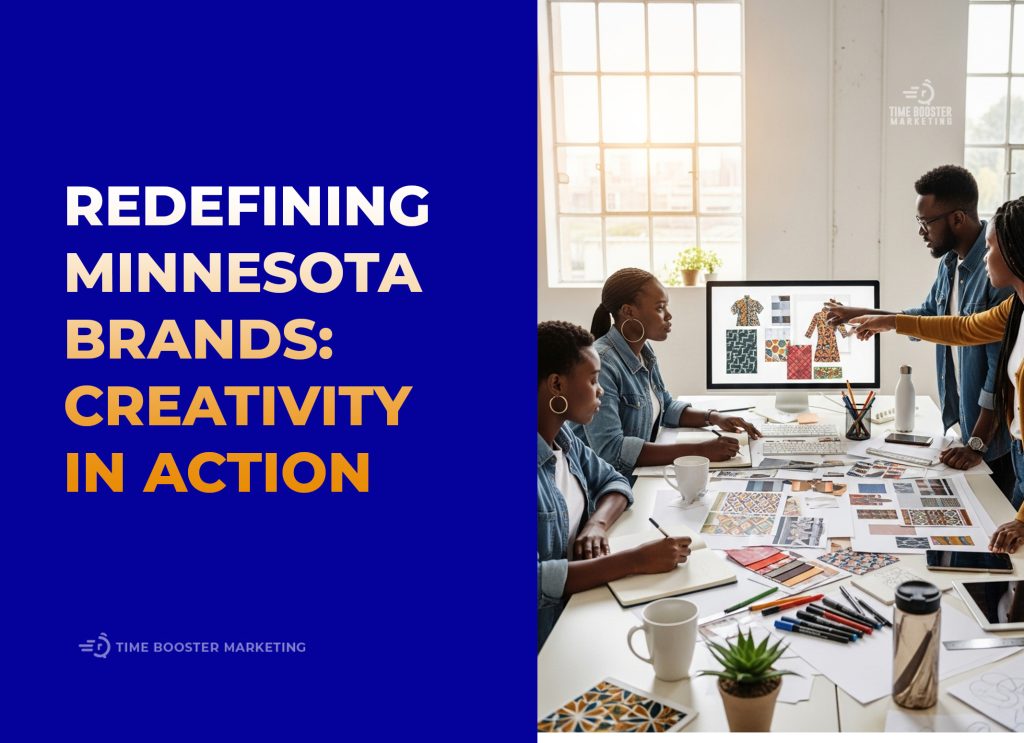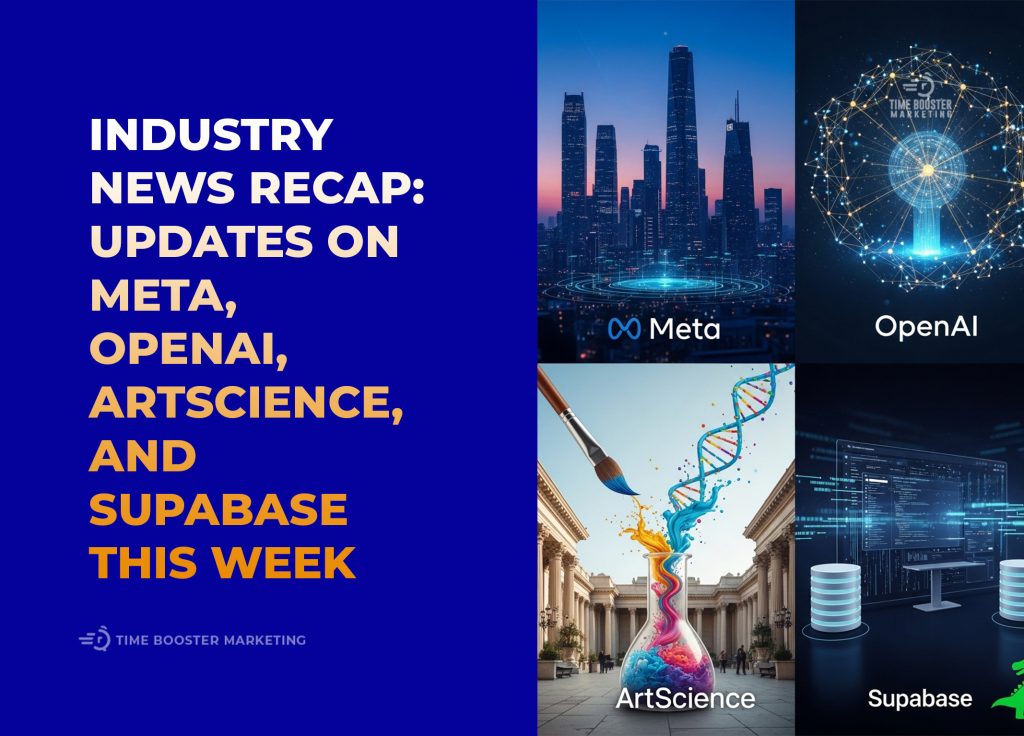If you look closely at the latest moves from Meta, OpenAI, Singapore’s ArtScience Museum, and the Supabase platform, a shared undercurrent emerges. The internet is shifting away from static expression; “likes,” posts, and uploads toward a kind of continuous interaction loop. Engagement is no longer a moment; it’s an environment.
1. Meta’s Breakup with the Like Button
It’s hard to overstate how much the “Like” button shaped digital culture. It was the heartbeat of the social web, simple, addicting, binary. But Meta’s quiet decision to retire or reimagine the button marks more than just a UI tweak; it’s the symbolic end of an era.
The “Like” reduced emotion to a tap. What Meta seems to want now is something closer to real emotional texture, reactions that live, breathe, and shift. Instead of frozen metrics, they’re testing live engagement layers, features that adapt in motion. Imagine a post that morphs depending on what people express or discuss underneath it.
We think this shift is Meta finally admitting what most users already know: social validation has become performative. The company is betting on more fluid interactions, reactions that aren’t about popularity but presence. It’s less “Do people like me?” and more “Are we connected right now?”
2. ChatGPT Ads and the Rise of Conversational Commerce

Then there’s OpenAI’s move, the slow but inevitable rollout of ChatGPT Ads. It’s strange to even say it out loud, isn’t it? Ads, inside your AI conversations. Yet it makes perfect sense.
ChatGPT has become the digital front door for millions of searches, ideas, and decisions. People aren’t just using it for writing; they’re asking it what to buy, where to go, and what works best. The line between conversation and commerce was bound to blur.
What makes this shift interesting isn’t the monetization itself, it’s contextual empathy. Ads that appear in conversational space can feel less like interruptions and more like guidance, if handled right. Picture this: you’re asking how to optimize your small business website, and instead of a cold banner, ChatGPT introduces a real brand that solves your exact pain point, woven naturally into your dialogue.
That’s a new kind of influence. Not broadcast. Not clickbait. Conversational recommendation — subtle, situational, human.
But it also raises hard questions. How do you maintain trust when your assistant starts selling? How do creators ensure transparency in AI-driven ad space? The answers will define the next chapter of marketing ethics.
3. ArtScience Museum: Rethinking What a Space Can Be

Not all of this transformation lives inside screens. The ArtScience Museum in Singapore has unveiled a new identity that redefines what a cultural institution can represent in a world obsessed with interactivity.
Traditionally, museums offered one-way experiences, you enter, observe, and leave inspired. But the new ArtScience identity turns that on its head. It treats the museum as a dynamic system rather than a fixed brand. The design lives, reacts, and even learns.
It’s a metaphor for the times. The museum’s new visual system literally transforms in real time, adapting its look to different exhibitions or moods. Think of it as a living interface between human imagination and digital interpretation.
For brands and digital marketers, this is more than a design story. It’s a reminder that identity isn’t static anymore. Whether you’re a museum or a startup, your brand must now behave like software, flexible, adaptive, emotionally aware.
4. Supabase and the Infrastructure of Real-Time Everything

Behind all these cultural shifts lies something more invisible but equally powerful, infrastructure. Platforms like Supabase are building the plumbing for real-time data flow.
Their new “Broadcast from the Database” feature might sound technical, but what it represents is profound. Instead of apps periodically fetching updates, data now flows continuously, like a live conversation between systems. Changes ripple instantly across users. No refresh needed.
It’s a small leap in code, but a giant leap in how we experience digital life. From multiplayer collaboration tools to live customer dashboards and responsive content platforms, this is the foundation of “everything talking back.”
In short, Supabase is giving developers the ability to make software that feels alive, not just functional, but reactive, like it’s paying attention.
The Thread Connecting It All
What ties Meta, ChatGPT, ArtScience, and Supabase together isn’t technology itself. It’s the intent to humanize the interface.
Meta wants connection to feel real again. OpenAI wants assistance to feel personal. ArtScience wants identity to feel alive. Supabase wants data to feel instant and responsive. Together, they paint a future where digital systems behave less like tools and more like collaborators.
And that’s both thrilling and a little unnerving. Because once everything talks back, your feed, your AI, your brand identity, your database, silence becomes rare. The web, once a place you visited, becomes something that visits you back.
The Future of Digital Interaction: Always On, Always Aware
If this trajectory continues, “interactivity” will no longer mean tapping or typing. It will mean co-creation. Every user becomes a subtle designer of their environment. Every platform becomes a partner in shaping the moment.
We might soon look back at the Like button the way we look at dial-up tones, nostalgic but primitive. The new era of digital engagement will be measured in responsiveness, how fast, how intelligently, and how empathetically systems can meet us halfway.
The challenge for creators, marketers, and technologists is not to keep up with the noise but to design interactions that still feel human amid all the automation.
Maybe that’s the quiet revolution here. Not everything talking louder, but everything listening better.
Final Thoughts
It’s easy to see these updates as separate news pieces, a company rebranding here, a new ad format there, a tech update somewhere else. But together they tell a deeper story. The web is evolving from static content into an ongoing conversation between humans, data, and design.






